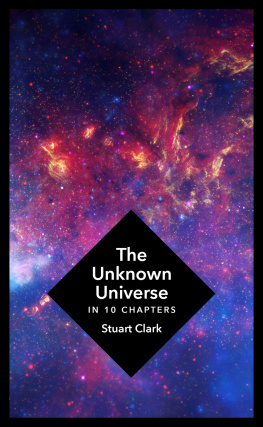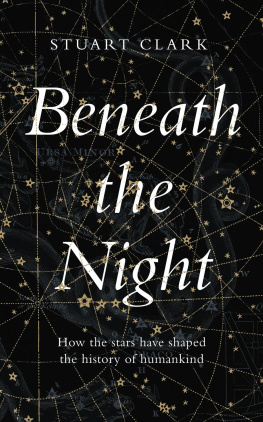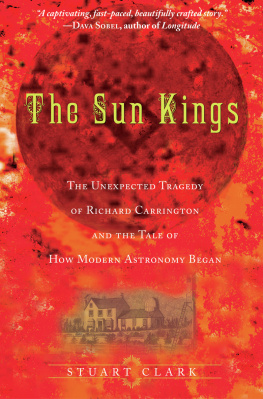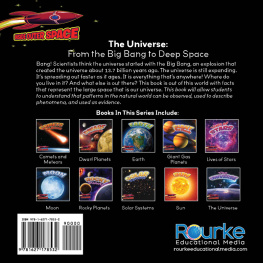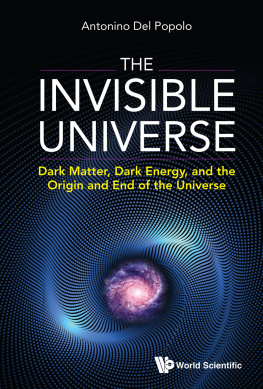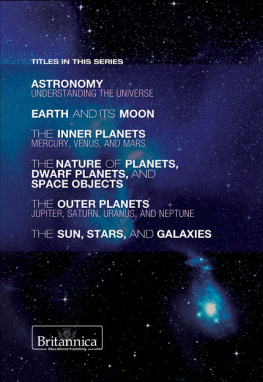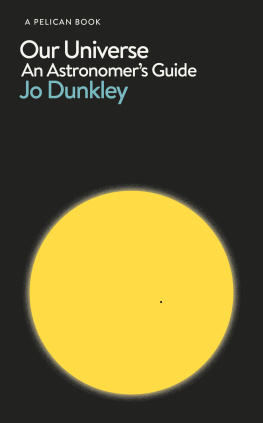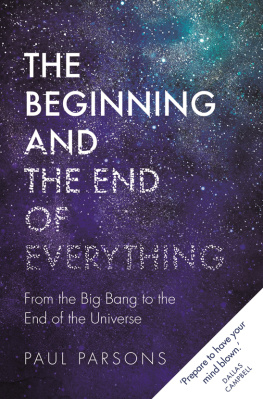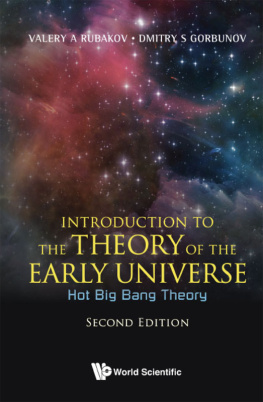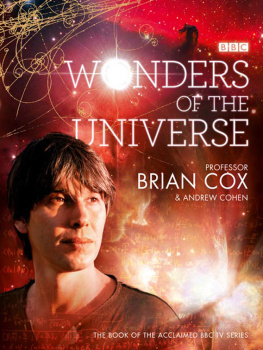
www.headofzeus.com
Contents
The Day We Saw the Universe

It was the day that cosmologists had been waiting for. The day when we were promised the ultimate picture of the early Universe. It was 21 March 2013, just twenty-four hours after the spring equinox, and the symbolism could not have been richer. As the bleakness of winter was giving way to the hope of spring, we were entering a new season of cosmology, one when the answers to the origin of the Universe were laid bare before our eyes.
They were contained in a single image that would be revealed by the European Space Agency (ESA) at a press conference in its Paris headquarters. It had been taken by an ESA spacecraft stationed 1.5 million kilometres away from Earth. Called Planck, after the great German physicist Max Planck, the probe had spent two and a half years painstakingly building up the picture, pixel by pixel.
The image showed what the sky would look like if our eyes could see microwaves instead of light. At first glance, it does not look special, just a mottled oval of blues and golds, yet it is arguably the most important image of the Universe ever taken.
Fundamentally, microwaves and visible light are the same thing. Theyre both waves that carry energy through space. The only difference is their wavelength. Microwaves are about ten thousand times longer than visible light. Not that this makes them huge. The microwaves captured on the image had all been somewhere between 0.3 and 11.1 millimetres in length, and had been travelling through space for almost 14 billion years. They were part of the very first rays of light to be generated in the Universe and had begun their journey across space more than 9 billion years before our planet had even formed. Although images had been taken of this radiation before, none were as detailed as the Planck image; none held the promise of such insight into our cosmic origins.
For reasons that I will discuss in Chapter 8, the microwaves prove that the cosmos had a beginning, or at the very least was once drastically different from today. Yet the joke of it is that these signals were dismissed as crap when they were first detected by a pair of American radio engineers in 1964. Literally, crap.
Arno Penzias and Robert Wilson were tinkering with an old radio receiver that had fallen into disuse. They were sharing it with a pair of homing pigeons that had taken up residence and had covered it in droppings (the pigeons not the engineers).
When the telescope picked up an all-pervading static hiss, Penzias and Wilson blamed it on electrical interference from the pigeon poo. They removed the birds by driving them across the state and releasing them. Then they cleaned the telescope.
But what do pigeons do? Yes, they fly home to roost. So the problem returned and Penzias and Wilson had to find a different solution. This time they came up with a permanent solution, involving a man and a shotgun. They cleaned the telescope once more and started observing again.
The hiss remained.
It was not the droppings but the Nobel Prize-winning discovery of the cosmic microwave background radiation, the oldest light in the Universe. As such, it became a vital component of cosmology, the science of understanding the Universe. It was emitted just 380,000 years after the Universe was supposed to have come into being during the mysterious event that astronomers have dubbed the Big Bang.
As an archaeologist digs down through older and older layers of the Earth to see the pattern of evolution, so astronomers look further and further away. The further they set their gaze, the longer it has taken light to cross that distance, and so the older the celestial objects they see. As we shall see in Chapter 4, light travels quickly but not with infinite speed. In a single year, unhindered it can cross 9.5 thousand billion kilometres and this is the distance that astronomers call a light year. If something were 1 light year away, its light would have taken a year to reach us, and so we would be seeing it as it appeared one year ago, when it emitted the light. There would be no way to know what it looks like now. Its like receiving a letter that has been lost in the post and wondering if its message is still current.
The upside is that it allows astronomers to study the changing nature of the cosmos. For example, think about our cosmic neighbourhood. It extends to a few hundred light years away. So stars at the outer edge of this region appear to us as they did when Europes Age of Enlightenment was at its height. The nearest large star-forming cloud of gas, the Orion Nebula, is some 1300 light years away. It appears as it did in the seventh century ad, when the people of the Arabian peninsula were first united under the prophet Mohammed and began the spread of Islam.
At 158,000 light years away, a modest nearby collection of stars called the Large Magellanic Cloud looks as it did when the earliest humans were still confined to the African continent. The light from the Andromeda Galaxy, the nearest large collection of stars, began its journey across space 2.3 million years ago, when the Homo lineage that became humans was just diverging from the great apes. Another prominent galaxy called Centaurus A sits 13 million light years away. Its appearance is roughly coincident with the evolution of the great apes on Earth. Studying the succession of these objects allows us to track the way things have changed in our Universe.
The cosmological microwave background radiation itself, with its 13.7 billion year vintage, represents the earliest view of the Universe we could ever get at these wavelengths. There were no planets or stars at that time, just a gigantic cloud of atoms filling the whole Universe. The mottling on the Planck image reveals the subtle variations in density across this cloud. As the cosmic clock ticked on, gravity pulled each denser region more tightly together, eventually giving birth to the first stars. In a very real sense, the Planck image can be thought of as nothing less than the blueprint for our cosmos.
And Plancks instruments are working at the limits of physics, not technology. In other words, it is practically impossible to build better instruments. In terms of seeing the Universes microwave blueprint, this image is essentially the best that humankind is ever going to get. So how do we use it?
The Universe we live in today is a hierarchy of shining structures. Stars are gravitationally bound to each other in rotating collections known as galaxies. Galaxies are gravitationally bound to each other in collections known as clusters, and the clusters are strung through space in filaments that make up the cosmic web. All of this magnificence grew from the minute density variations present in the microwave background.
These variations are therefore the essential starting point for computer programs, called models, that mimic the evolution of the Universe. Crudely, the trick is to take the microwave pattern and see if our understanding of physics can transform it into the cosmic web of todays Universe.
The models themselves are mathematical recipes that take the laws of physics as their foundation and then add the ingredients of the Universe. For cosmology, gravity is the essential law of physics. There are three other forces of nature (we will encounter electromagnetism in Chapter 4 and the two nuclear forces in Chapter 7) but these play only minor roles in shaping the Universe overall.

